Foods from the Great Depression that are making a comeback
In recent times, there’s been a resurgence in interest for the culinary practices of the Great Depression. People are increasingly fascinated by how families managed to create hearty meals with limited resources.
This era taught a generation the true meaning of resourcefulness and creativity in the kitchen. From bread made with the simplest ingredients to inventive uses of every bit of food, these practices are making a comeback as people seek to simplify and appreciate the basics.
The Rise of Simple Ingredients: Flour, Water, and Magic
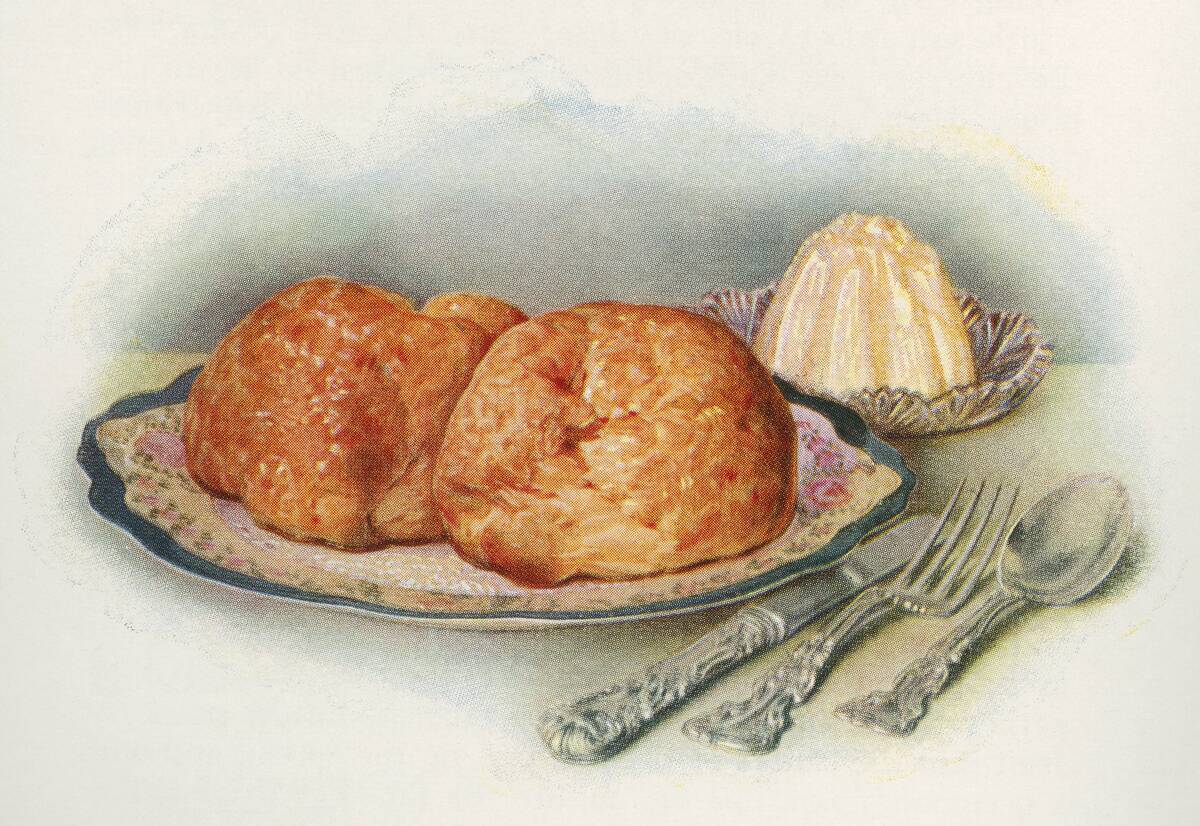
The beauty of Depression-era cooking lies in its simplicity. Flour and water, staples that were almost always available, became the foundation for many meals. With just these two ingredients, families could make a variety of foods like dumplings and simple flatbreads.
The ingenuity of making something out of nothing is a skill that has faded over time but is now being rediscovered by those who appreciate the art of minimalism in the kitchen.
Hearty and Humble: The Return of Depression-Era Bread

Bread was a crucial part of the Depression-era diet. With yeast hard to come by, bakers often resorted to making crusty varieties to use minimal ingredients. There’s also a fairly popular recipe for peanut butter bread that originated in that era. These breads, while humble, were filling and provided much-needed sustenance.
Today, many are reviving these recipes, drawn to the simplicity and satisfaction of baking bread from scratch. The process is therapeutic and the result is as comforting as it was nearly a century ago.
Stretching Your Pantry: Canned Goods Revival
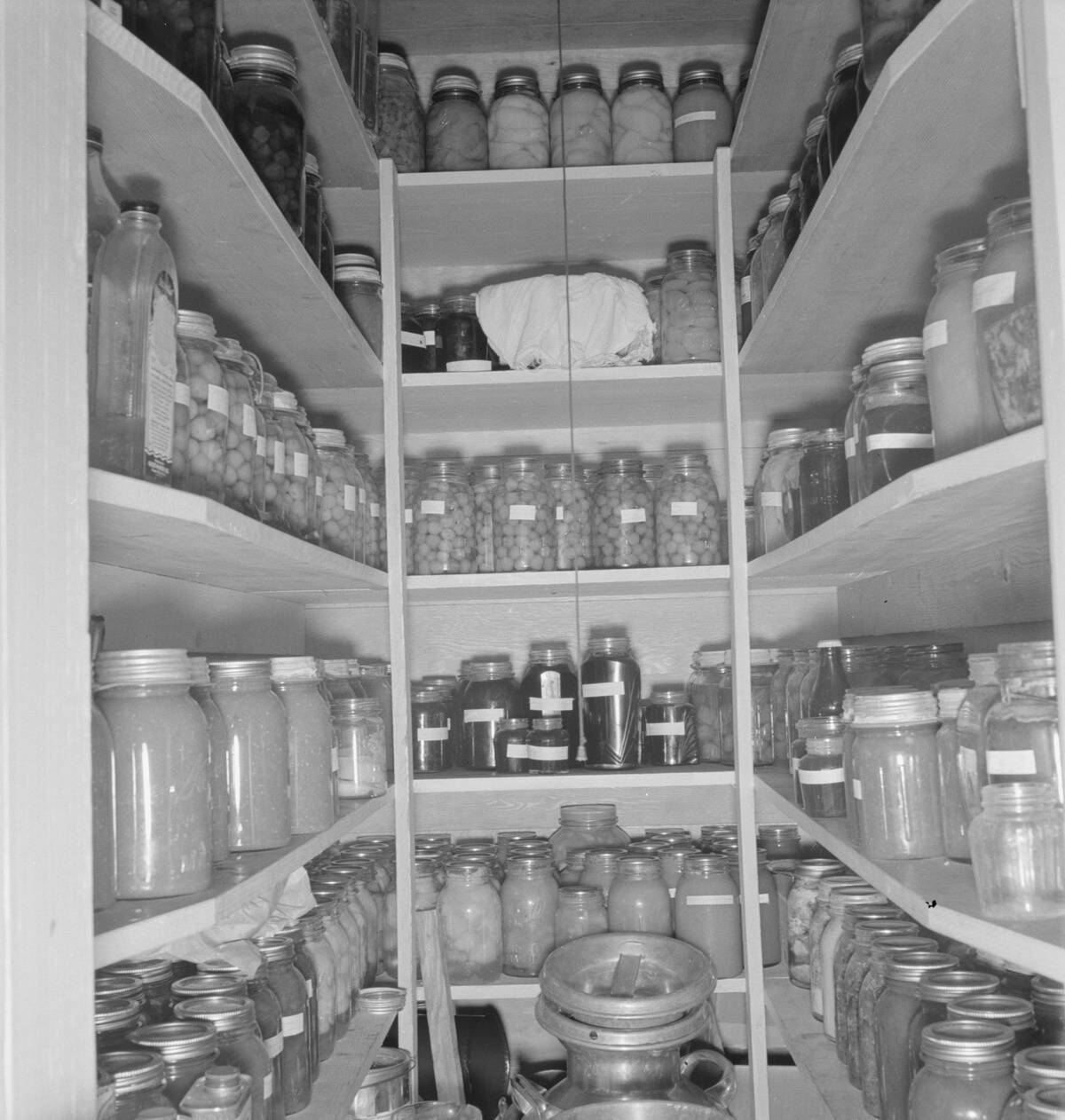
Canned goods were the unsung heroes of the Great Depression. They allowed families to extend the shelf life of their food and provided a way to enjoy fruits and vegetables out of season.
Today, there’s a renewed appreciation for the convenience and sustainability of canned goods. From soups to stews, these staples are once again being celebrated for their ability to enrich meals without breaking the bank.
The Versatility of Potatoes: From Staple to Star
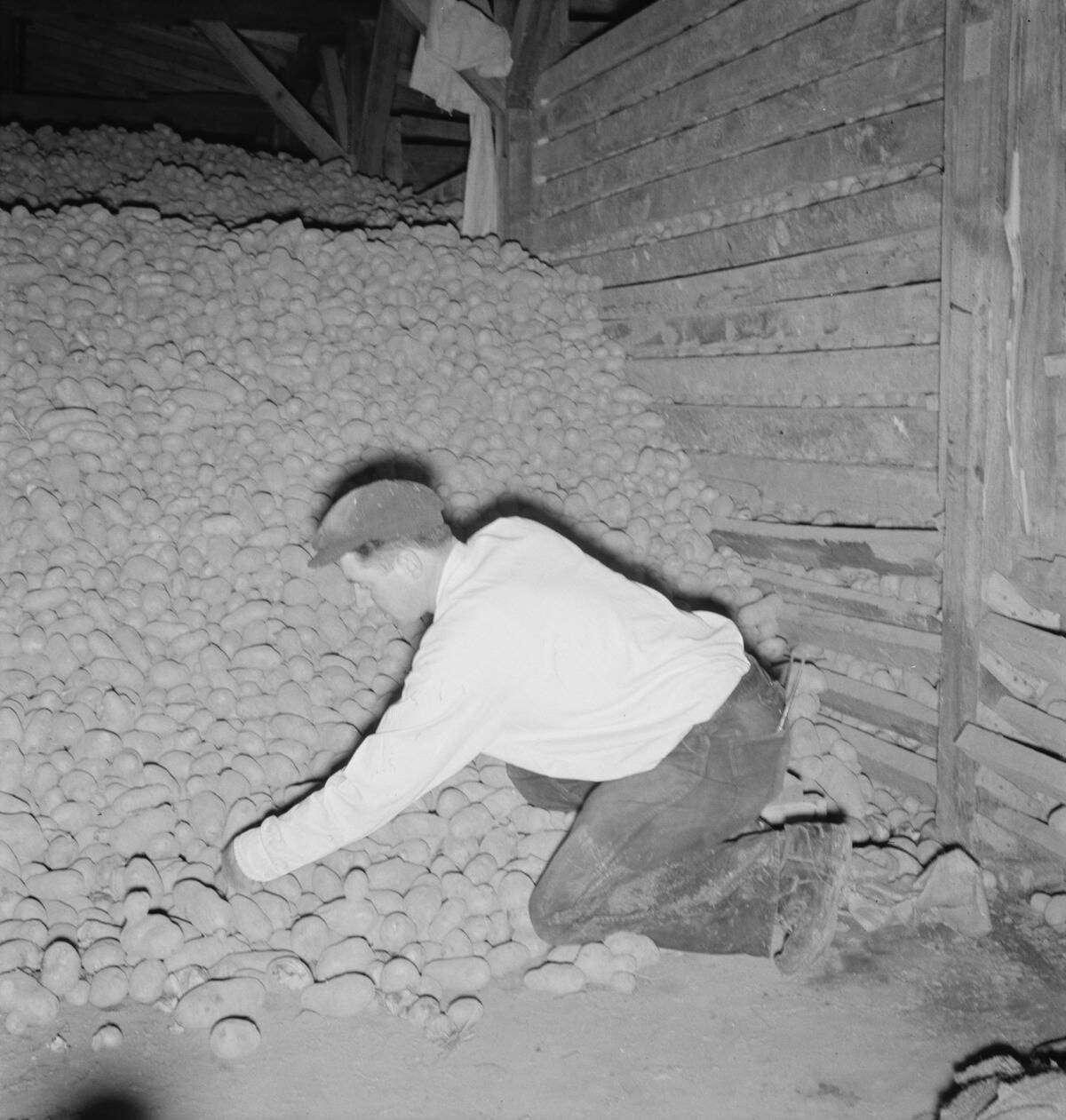
Potatoes were a mainstay in Depression-era kitchens due to their affordability and versatility. They could be transformed into everything from mashed potatoes to soups and stews. Their nutritional value and ability to fill hungry bellies made them indispensable.
Nowadays, potatoes are making a comeback not just as a side dish, but as the star of the meal, appreciated for their adaptability and comfort factor.
Comfort in a Cup: The Rebirth of Homemade Soups
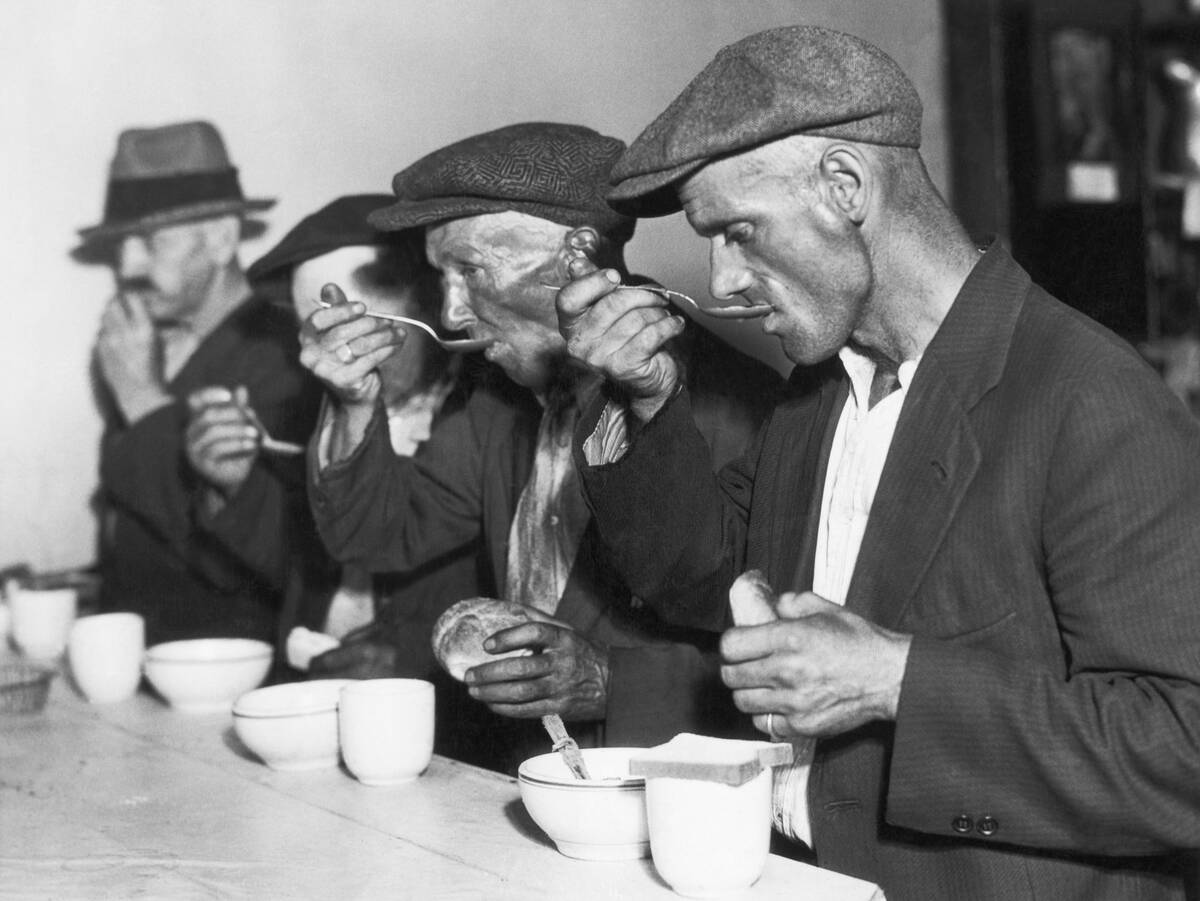
Soups were a go-to meal during the Depression, offering a way to make a little go a long way. By using bones, vegetable scraps, and whatever was on hand, families could create nourishing meals.
Today, homemade soups are enjoying a renaissance as people seek comfort and warmth in a bowl. The ability to customize and create a hearty meal from simple ingredients is a practice that resonates with many.
Beans, Beans, They’re Good for Your Heart (and Budget)
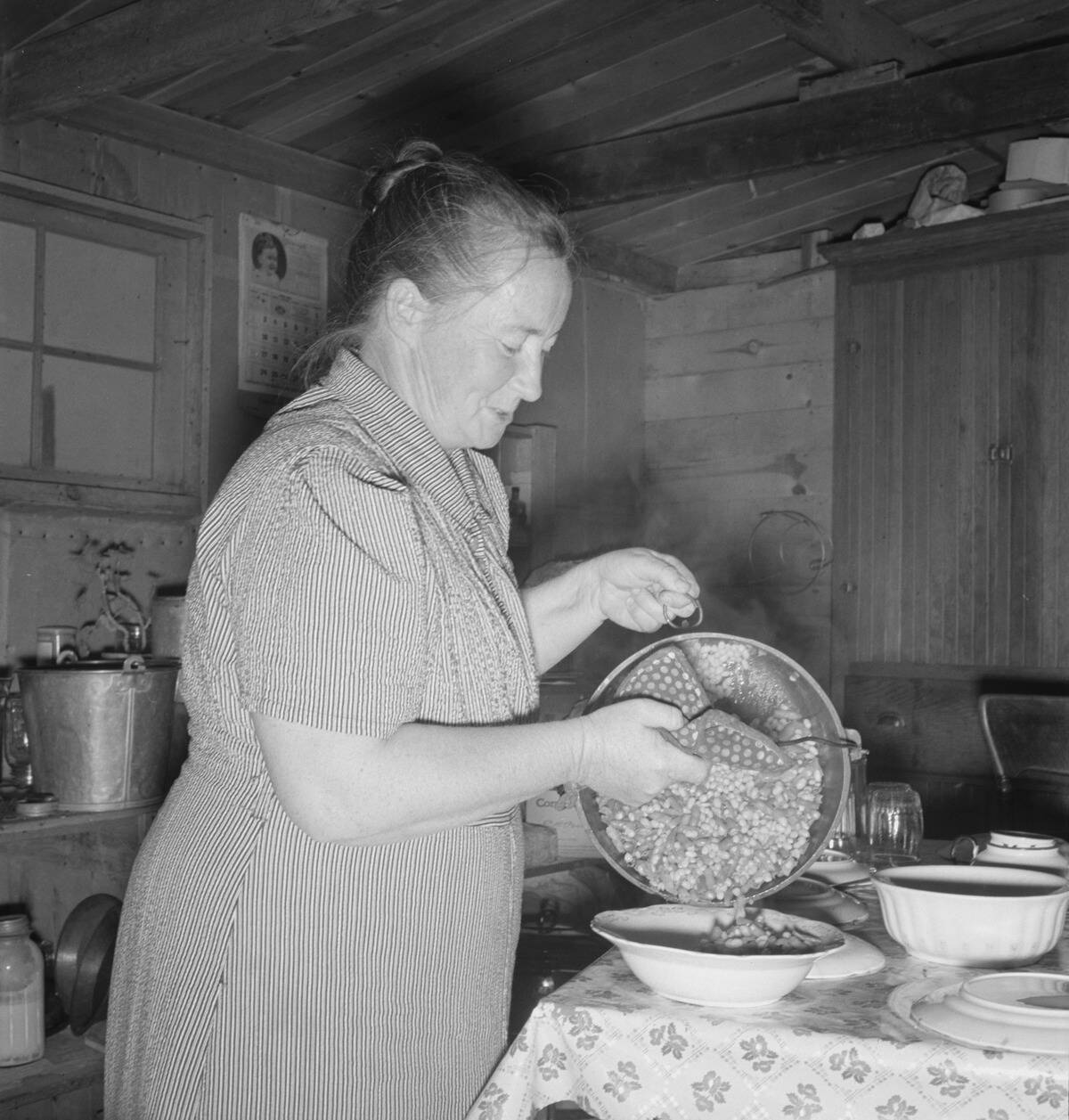
Beans were a crucial protein source during the Depression, appreciated for their affordability and nutritional value. They were used in a variety of dishes, from soups to casseroles, adding both substance and flavor.
In today’s kitchens, beans are being reintroduced as a versatile and budget-friendly ingredient. They are a great source of fiber and protein, making them a staple for health-conscious and economical cooks alike.
The Art of Making the Most with Less: Casseroles
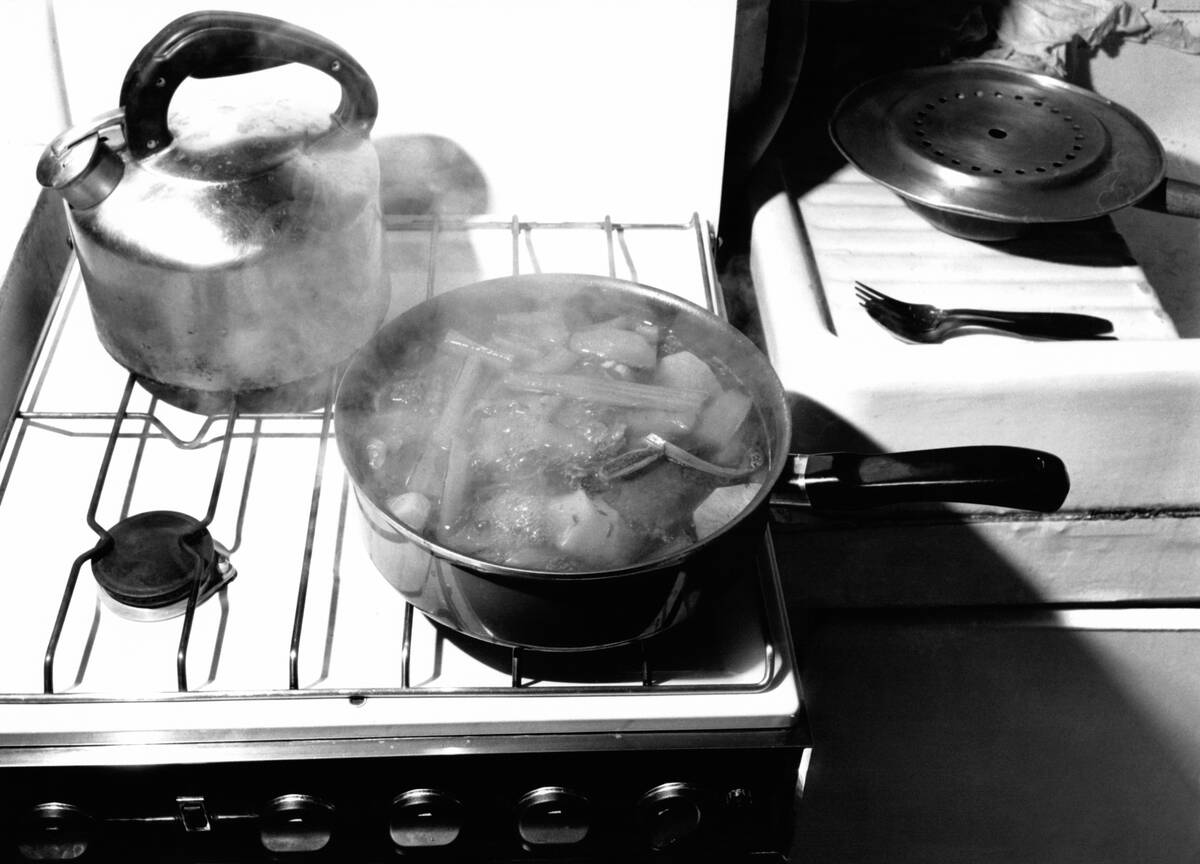
Casseroles epitomized the Depression-era ethos of making the most with what was available. These one-dish meals were often comprised of leftovers and whatever other ingredients were on hand, baked together to create hearty and satisfying meals.
Today, casseroles are being rediscovered for their convenience and adaptability, perfect for busy families who want to put a wholesome meal on the table with minimal fuss.
Sugarless Sweets: Desserts that Pack a Punch Without the Sugar
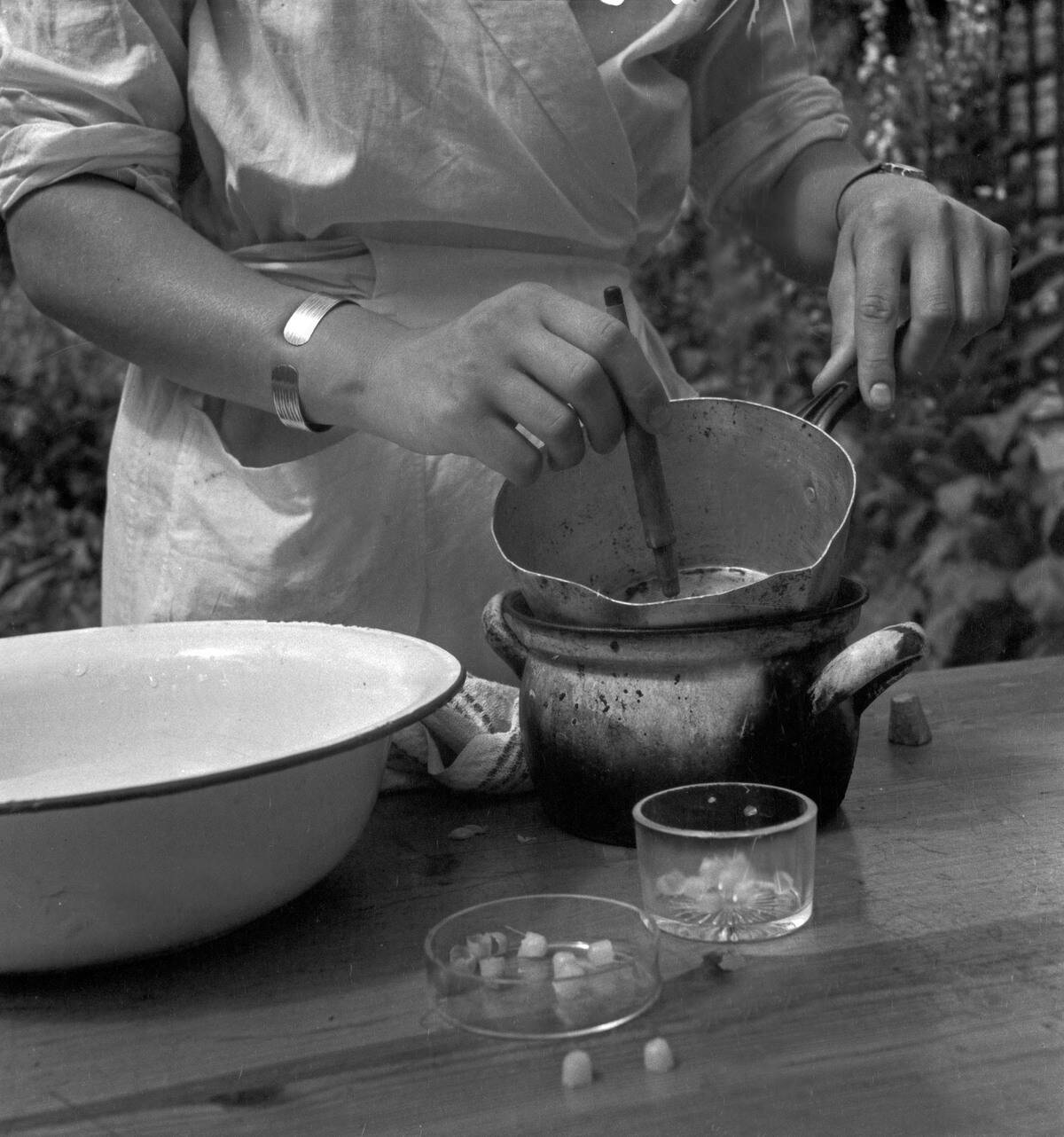
Sugar was a luxury during the Depression, leading to the creation of desserts that relied on alternative sweeteners and minimal ingredients. Honey, molasses, or even applesauce were often used to add sweetness.
Contemporary cooks are embracing these sugarless sweets for their natural ingredients and simplicity. After all, modern cuisine often has the opposite problem, where almost everything is loaded with sugar. These desserts remind us that indulgence doesn’t always require excess, and that sometimes less truly is more.
Porridge and Oatmeal: Breakfasts That Stand the Test of Time

Porridge and oatmeal were breakfast staples during the Great Depression, providing a warm and filling start to the day. Cheap, nutritious, and easy to prepare, these grains were a favorite for families looking to stretch their resources.
Today, oatmeal is enjoying a resurgence, appreciated for its health benefits and versatility. With endless topping possibilities, it remains a comforting and hearty way to begin the morning.
Root Vegetables: Back to Basics with Carrots and Beets

Root vegetables like carrots and beets were a fundamental part of Depression-era diets, valued for their storage longevity and nutritional content. They were incorporated into everything from stews to baked goods.
Today, these vegetables are celebrated for their earthy flavors and health benefits. As people seek to eat seasonally and sustainably, root vegetables are once again becoming kitchen staples.
The Timeless Appeal of Rice and Lentils

Rice and lentils were popular during the Depression for their affordability and nutritional punch. These humble ingredients can be transformed into a variety of dishes, from simple soups to hearty pilafs.
In modern kitchens, rice and lentils are cherished for their versatility and health benefits. They are a source of complex carbohydrates and protein, making them a smart choice for those looking to maintain a balanced diet.
Creative Cooking: Using Leftovers Like a Pro

During the Great Depression, nothing went to waste. Leftovers were creatively repurposed into new dishes, ensuring that every bit of food was used.
This practice of resourcefulness is making a comeback as people aim to reduce waste and make the most of their groceries. From transforming stale bread into croutons to turning roast vegetables into a delicious hash, using leftovers creatively is both economical and satisfying.
Nostalgic Beverages: The Simple Pleasures of Depression-Era Drinks

Simple beverages like lemonade and herbal teas provided refreshment during the Great Depression without the need for expensive ingredients. These drinks were often made using what was available, such as homegrown herbs or surplus fruit.
Today, there is a renewed appreciation for these simple drinks, as people move away from sugary sodas and seek out more natural and homemade options that offer both nostalgia and refreshment.
Celebrating Resourcefulness: The Comeback of the Victory Garden
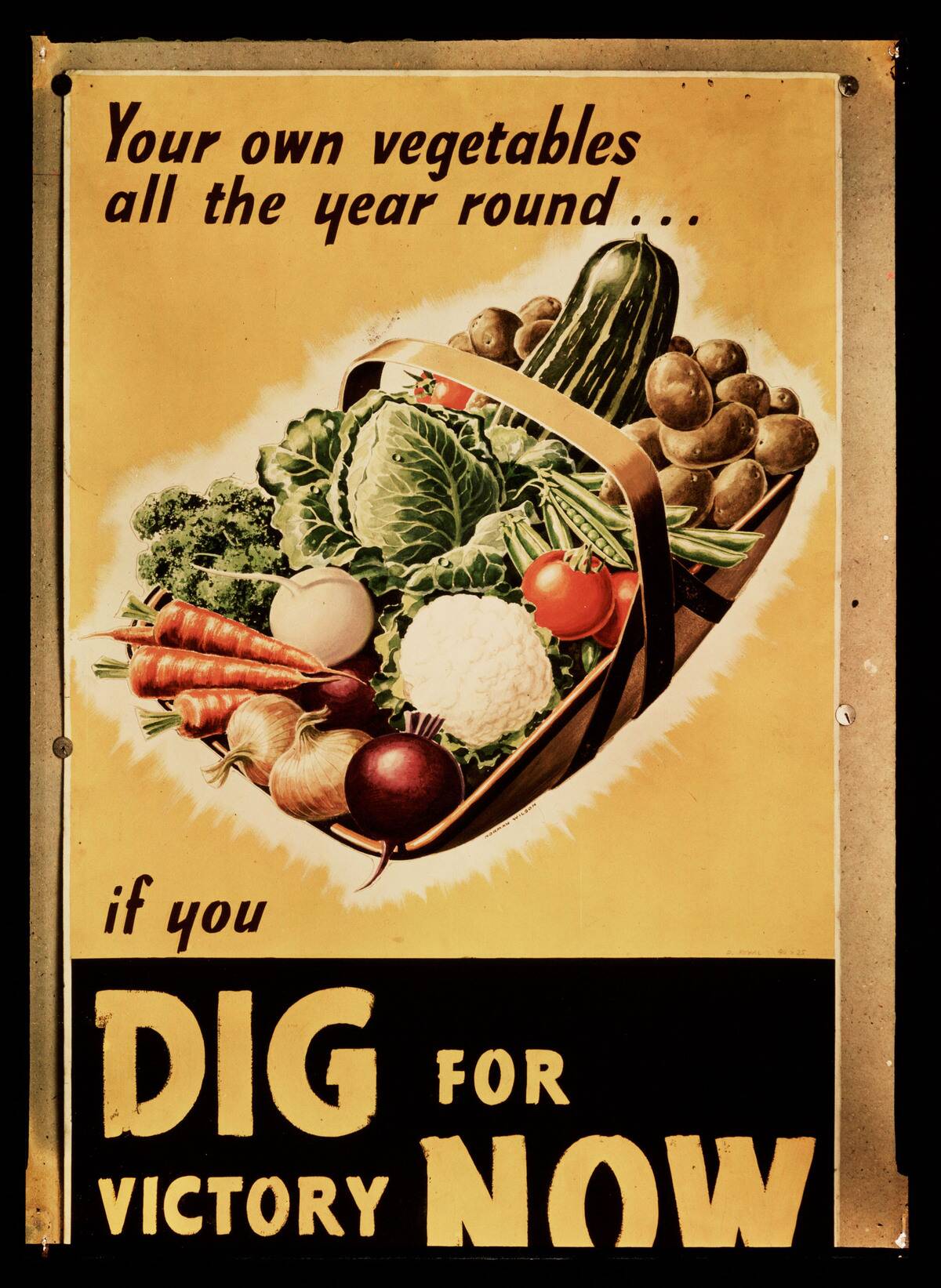
The Victory Garden was a symbol of self-sufficiency during the Depression and World War II, allowing families to grow their own food and reduce reliance on store-bought goods.
This concept is seeing a revival as people turn to gardening as a way to ensure food security and connect with nature. Whether on a balcony or in a backyard, growing your own produce is a rewarding endeavor that brings the satisfaction of sustainability and resourcefulness.



